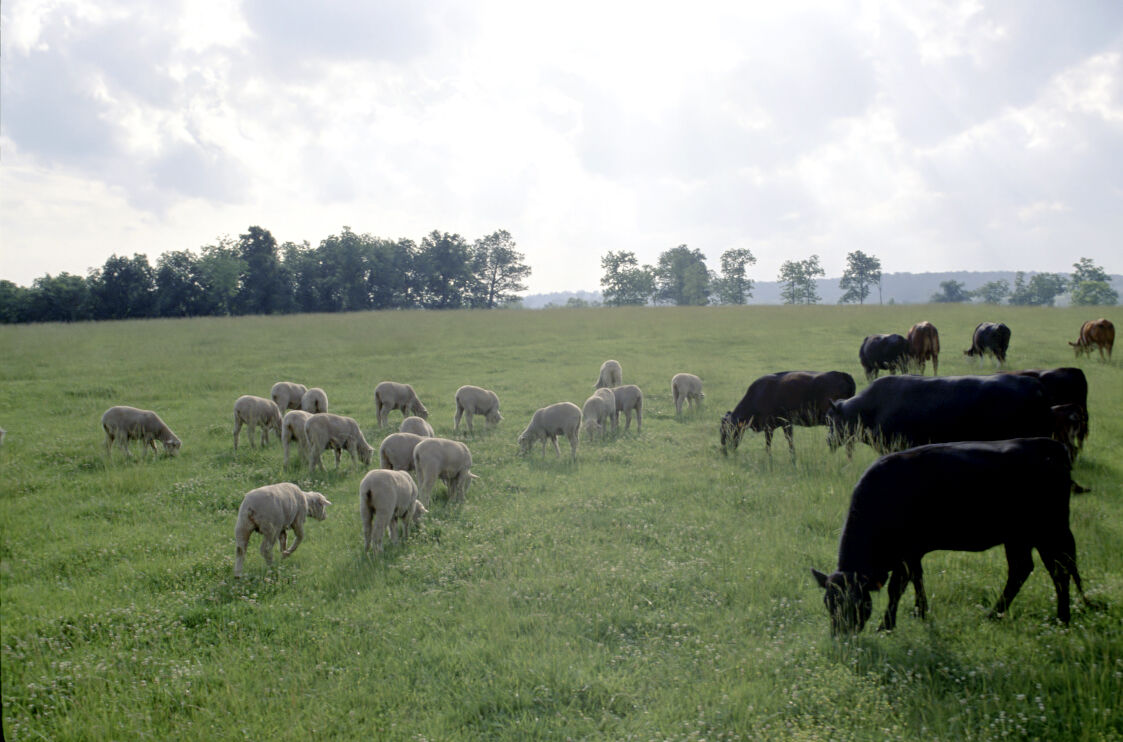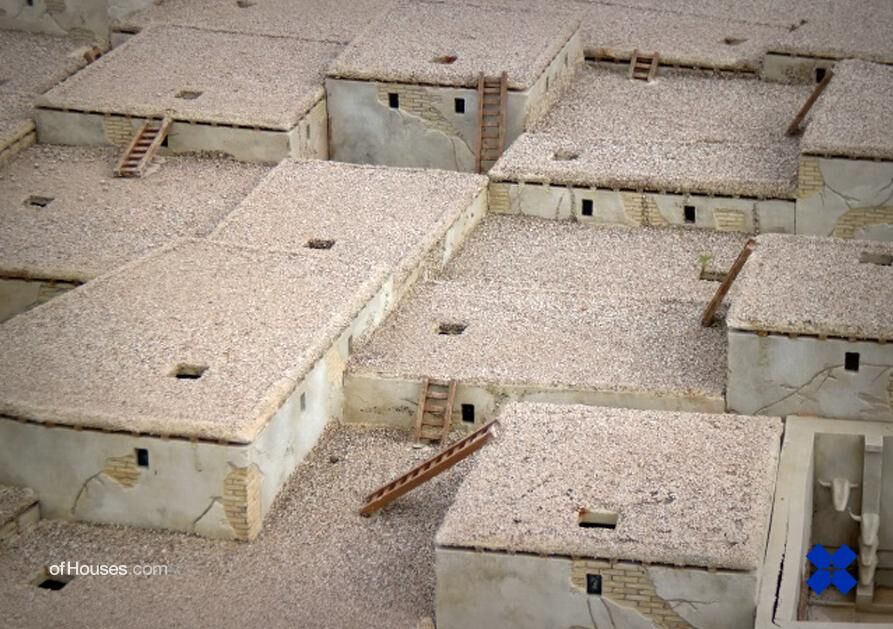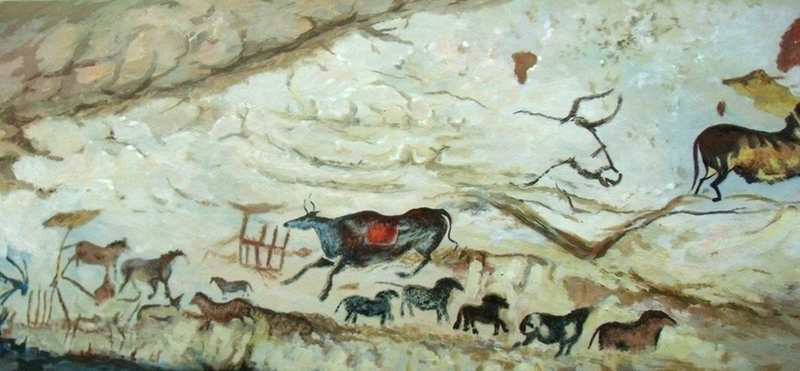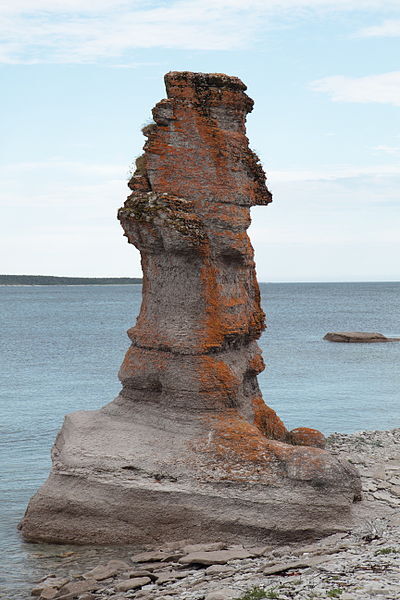As humans learned livestock farming and agriculture, their dwellings became permanent. Once hunters and gatherers who had to move from place to place, humans now became food producers.
Human beings have found that planting seeds in the ground turns them into plants. So, they began to sow them in large quantities in order to harvest as many resources as possible. By harvesting cereals such as barley and wheat, humans were able to make flour from them and thus feed themselves. People of the time also grew garlic and flax for medical treatment, hemp for clothing and madder and St John's Wort for dyeing clothes. They soon realised that agriculture could produce much more food than hunting or gathering. A population that has a large quantity of food will have a better chance of growing and prospering. In short, thanks to agriculture, the population grew considerably during prehistory.

Wheat and barley can be used to make flour
Humans began to domesticate animals for food. They kept them in small pens near their homes. The first animals to be domesticated were cattle, pigs, sheep and goats. Not only did these animals provide the meat that humans needed to eat, they also provided milk, leather and wool. It was also at this time that humans began domesticating dogs, which were used to guard flocks.

Cows and sheep in a field
The first villages of the Neolithic period may have been home to several hundred or even several thousand people. The villages of Çatal Hoyük, Mallaha and Mureybet were among the most densely populated at the time. Fortifications were built around most of them to protect the inhabitants, their crops and their livestock. The first dwellings were circular or semi-circular. The base of the walls was made of stone, and the rest of the house was timber-framed. Over time, the villages grew and the houses became rectangular, built one on top of the other. They were entered through an opening on the roof.

Organisation of the first dwellings
Archaeologists have made a number of discoveries while studying the territories of the first villages. Firstly, they found pits and burial sites close to the dwellings. Researchers have also noted the presence of rock paintings and monoliths (stone statues). They also discovered cooking utensils, weapons, jewellery, containers and figurines. These remains tell us about the way of life, beliefs and social organisation of the first villages.

Rock paintings


